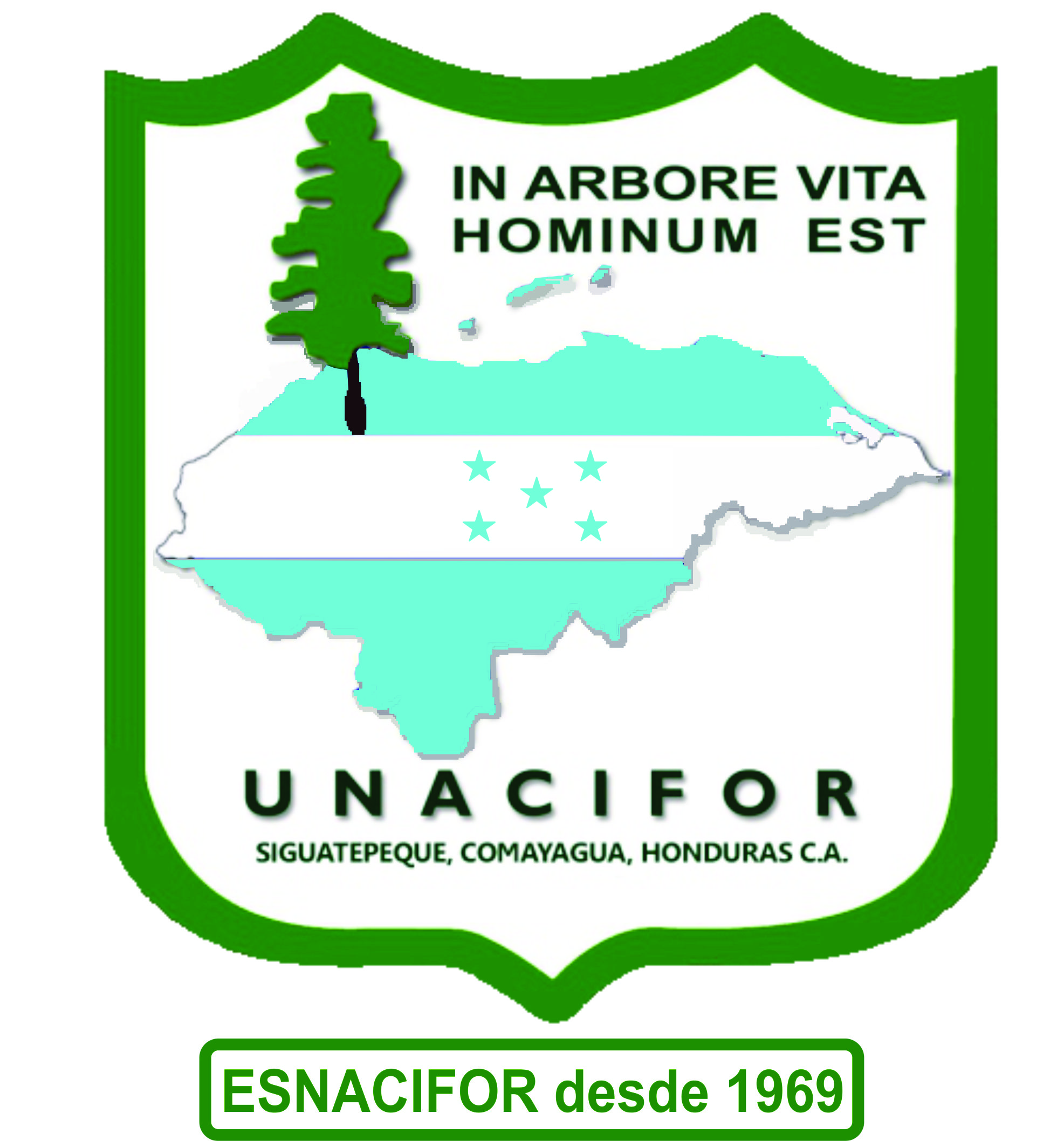Forest structure and tree composition in the core zone of the Puca Wildlife Refuge Lempira, Honduras
DOI:
https://doi.org/10.5377/tatascan.v31i1.15936Keywords:
Inventory, biodiversity, ecosystem servicesAbstract
The following research was carried out in the core zone of the Puca Wildlife Refuge protected area, located in the north of the department of Lempira, following the methodology of establishing permanent monitoring plots in tropical forests at random, considering aspects such as roads used by the Lenca population and slopes no greater than 50% for the study of tree structure and composition. 23 circular plots with an area of 1000 m2 were established to measure and register dasometric variables and systematize the dynamics of tree species in the forest, finding a forest with an abundant floristic composition. The correlation analysis of the dasometric data in RStudio is 0.80, showing a positive relationship of diameters and heights. In this tropical rainforest 66 species in 54 gender distributed in 44 families were found. The specie with the highest Importance Value Index (IVI) was Liquidambar styraciflua (L.) with 23.70%. The Shannon-Wiener/Weaver Diversity Index of 3.67 and the Margalef diversity index of 10.55 were applied, interpreting both values as high biodiversity in the core zone of the Puca Wildlife Refuge.
552
Downloads
Published
How to Cite
Issue
Section
License
Copyright (c) 2023 TATASCAN. Revista Técnico-Científica de las Ciencias Forestales y Afines

This work is licensed under a Creative Commons Attribution-NonCommercial-NoDerivatives 4.0 International License.






